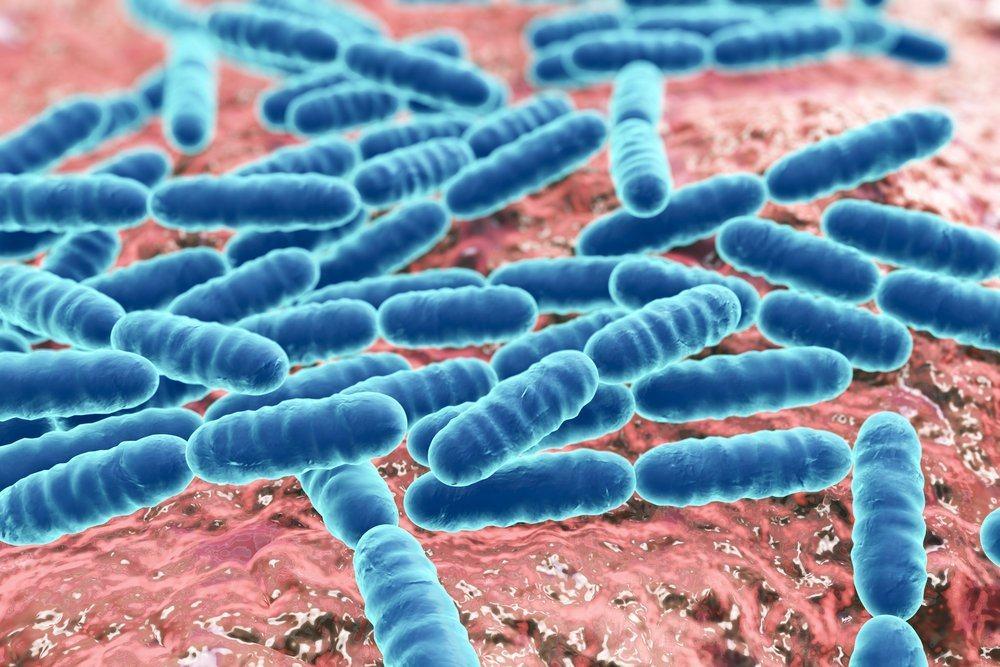What Type of Acne Do You Have? Here's How to Distinguish it
Any acne on your face is undesirable. Whether it's small pimples that look like red spots, or big ones like boils, we definitely want to get rid of them quickly! The main key to this is to know in advance what type because different types of acne require different treatments. When you know it, you can start using a drug that is free to be sold in stores or prescribed by a doctor to improve your skin.

Behind various types of acne
Every single pore you have a channel that will let oil (sebum) come out / flow from the glands to the surface of the skin. When the oil is produced in normal amounts, it will make your skin protected, smooth and hydrated. However, when hormones cause excessive oil production, this can be a problem.
For some people, the oil does not work out and is finally trapped inside the pores. And what's worse, dead skin cells on the surface of the skin might make it harder to get out. Starting from there, depending on what happens inside the pores, you can get pimples, whiteheads (milia), blackheads, cysts, papules, or pustules.
1. Blackheads
Blackheads are formed when oil and dead skin cells are trapped in the layers of the pores making the pores open. This oil will be oxidized when it reaches the surface of the skin and is exposed to air, causing black spots, which are most visible on the nose, chin, or the middle of the forehead.
Blackheads have nothing to do with dirt or hygiene problems. Blackheads are also not caused by bacteria, so they do not work with disinfectants such as benzoyl peroxide, sulfur, or new antibiotics.
Handling blackheads can be done with the routine use of products that contain BHA formulas to improve the shape of the pores and renew dead skin cells. Blackheads that are difficult to remove by common BHA products may be able to use BHA prescribed by dermatologists.
Blackhead scrub and plaster ( pore pack ) is not very useful because the problem is not only in the surface layer. Prescription drugs such as Retin-A, Renova, or skin care products with retinol can help improve cell function so that the pores can function normally.
2. Whitehead (commonly called Milia)
Whiteheads are usually small, hard, almost similar to zits but without redness or swelling, and the contents cannot be removed. Whiteheads mostly appear on the forehead, cheeks and under the eyes, but do not rule out the possibility of appearing anywhere.
Whitehead can be very difficult to cure. The best way is to use a product with BHA formula once or twice a day. In some cases, whiteheads need to be removed by a beautician or doctor.
3. Common acne (papules)
This type is the most benign of all types of acne. Papules are pink or usually a red lump with a white surface filled with liquid and oil. This pimple hurts when held. Papules appear when clogged pores break, bacteria then grow causing inflammation, and white fluid is pushed to the surface.
This is the easiest type of acne to treat. Experts prove that products that are sold freely and contain benzoyl peroxide and salicylic acid are the best treatment for this type of acne.
4. Pustules
When the acne is enlarged and swollen, the papule has become a pustule. Most acne in adolescents is a combination of papules and pustules. Caring for this type of acne always requires a combination of over-the-counter products with prescribed products.
5. Deep and painful acne (cysts and nodules)
Cysts and nodules are the biggest, most painful, and most difficult to treat acne, often referred to as stone acne. Cysts don't always look like acne; it could look like a big, red bump. Cysts can appear near the sebaceous gland. If not treated, they usually leave scars. Scars are usually obtained because the cyst is too large and goes too deep to damage the surrounding skin.
For cysts and nodules, it is very important that you go to a dermatologist because there are no over-the-counter medications that can treat this type of acne.